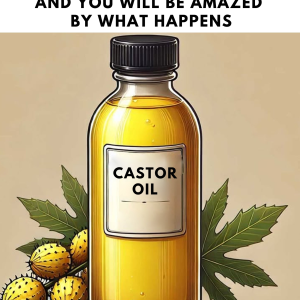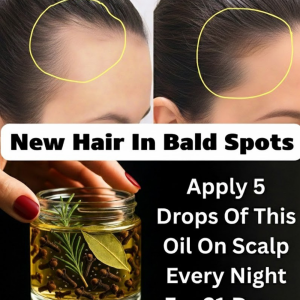Have you ever noticed thin, blue veins appearing on the backs of your hands? Sometimes they’re subtle. Other times, they stand out more. Naturally, this can raise questions. Should you be concerned? Or is this just a normal part of how your body works?
The good news? In most cases, visible veins are completely harmless. Still, there are some situations where they might signal something more serious. Let’s break it down.
Why Are Veins on the Hands So Visible?

The blue veins you see are part of your body’s circulatory system, lying just beneath the surface of your skin. Several factors affect how visible they appear—and most of them are perfectly normal.
- Skin Type: People with fair or thinner skin are more likely to see their veins clearly. For those with darker or thicker skin, veins usually stay hidden.
- Aging: As we grow older, our skin naturally becomes thinner, which can make veins stand out more than before.
- Body Fat & Muscle: If you’re lean or athletic, you might notice more prominent veins. This is especially common after exercise, when active muscles push veins closer to the skin.
- Pregnancy: Many women notice more visible veins during pregnancy, as the body’s circulatory demands increase.
When Should You Be Concerned?

Watch for:
- Veins that suddenly appear larger or twist into zigzag shapes
- Thick, rope-like veins on the hands
- Accompanying symptoms like pain, heaviness, or pressure
These signs could indicate poor circulation or varicose veins, which—though less common in the hands—can still occur. In rare cases, untreated vein problems may increase the risk of complications such as blood clots or circulatory issues.
How Can You Take Care of Your Vein Health?

That depends on the cause. If your visible veins are due to natural factors like skin type or low body fat, no treatment is needed.
But if you’re dealing with varicose veins or circulatory concerns, there are steps you can take:
- Stay active – Regular movement boosts blood flow
- Wear compression gear – Support stockings can help manage symptoms
- Eat a balanced diet – A healthy diet supports vascular health
- Consider medical treatments – In advanced cases, doctors may recommend procedures like laser therapy, sclerotherapy, or minor surgery
Most treatments are non-invasive and can improve both function and appearance.
Bottom Line
If the veins on your hands are visible but painless and consistent, there’s likely no cause for concern. But if they suddenly change in size, shape, or feel uncomfortable, don’t ignore it. A simple check-up can give you peace of mind—and help keep your hands both healthy and beautiful.





